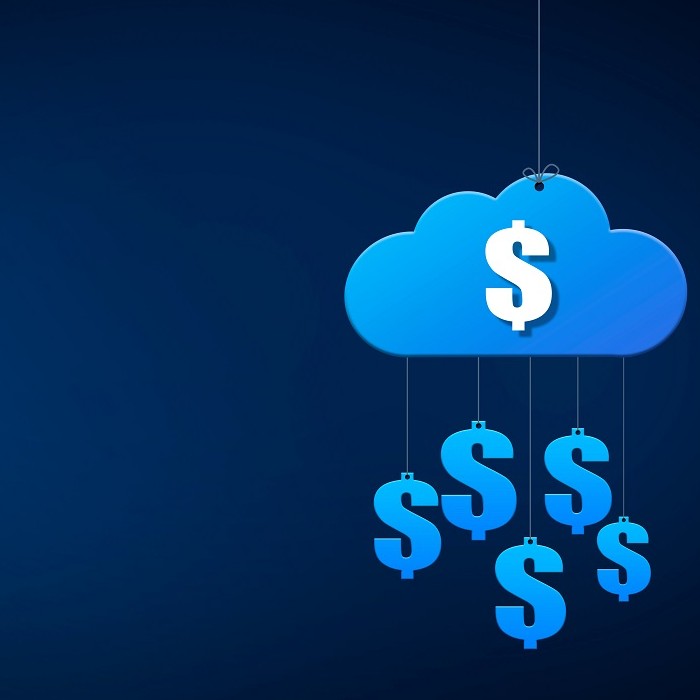Instead of just selling more and more products, a growing number of businesses are harvesting and monetizing long-term relationships with customers. A significant part of this shift is giving rise to consumption-based pricing methods like leasing, renting or subscribing. During the COVID-19 pandemic, subscription businesses grew, including many in the technology industry.
Sure people have leased cars, rented homes and subscribed to magazines and services for decades, but now these pricing models are available for everything from household goods and services to sophisticated cloud computing technologies that power businesses across every industry.
This dramatic shift is fueling a subscription economy that’s on pace to reach $1.5 trillion by 2025, according to a report by UBS titled Investing in Digital Subscriptions.
“We’re experiencing a once in a century business transformation,” said Todd McElhatton, chief financial officer at Zuora, an enterprise software company that helps companies launch and manage billing, revenue and collection systems for subscription services.
Dubbed the agile CFO, McElhatton has more than 25 years of experience under his belt, including corporate finance leadership positions at SAP, VMware, Oracle and Hewlett Packard. In an interview with The Forecast, he explained how subscriptions are changing the relationship between businesses and their customers.
Subscription businesses collect payments over time, monthly or annually and make it easier to deliver updates or new services so customers come back for more. For customers, subscriptions release the burden of ownership, limit the cost to what’s consumed and provide immediate access to updates and new services.
Subscription businesses can also be good for the environment, said McElhatton.
“There’s less waste when people consume only what they need instead of buying more than they can consume,” he said. “It's a much more efficient manner to procure.”
Subscriptions to Technology
According to research firm McKinsey, IT infrastructure providers that successfully move to a subscription model can increase market share and improve customer experience. The firm pointed to Hewlett Packard Enterprise’s (HPE) Greenlake 3.0 solution, which combines traditional computing and storage hardware with software products and services. Greenlake uses “unit of consumption” pricing such as terabytes or the number of virtual machines. McKinsey reported that Greenlake attracted more than 1,000 customers and generated over $4 billion in total contract value within three years of its launch. Consumer satisfaction for Greenlake 3.0 ranked in the 99th percentile for IT-service delivery.
At Zuora, McElhatton sees many new software-as-a-service (SaaS) companies evolve to or launch with a subscription billing model. This model is appealing to SaaS customers because it means they’ll get to use the latest updates and innovations as soon as they’re available rather than having to wait for the next product version or license renewal.
Zoom is a Zuora customer. During the first year of the COVID-19 pandemic, Zoom grew nearly 370% and the CEO expects sales to grow 40% more in 2021, reaching $3.7B.
“There were other similar services available and many had been around for a while, but those companies were not ready to scale subscriptions like Zoom,” said McElhatton.
He said 50% of Zuora customers actually accelerated growth at the onset of the pandemic.
“The overall subscription business model grew 12% during the first year of the COVID-19 pandemic.”
Zuora CEO and Founder Tien Tzuo, the author of Subscribed, believes businesses that are not moving to a subscription economy will cease to exist in 3 to 4 years.
In the past decade, many technology companies believed the same thing. Adobe, Microsoft and other embraced the challenging shift to a subscription business model. Co-founder of Nutanix Dheeraj Pandey moved his cloud computing software company to a subscription model in 2019. Two years later, recurring revenue from subscriptions accounts for most of Nutanix’s business.
“It’s all about having different ways to serve customers,” said McElhatton. “And having a durable revenue stream to maximize value for shareholders. Investors love sticky recurring revenue streams.”
Using a football analogy, he said subscription companies start each quarter at the 5-yard line and only need 5 more yards to score the new quarter’s revenue. From there, it can be easier to predict the health of a company and identify growth opportunities.
Behavior Driving the Shift to Subscriptions
Oftentimes consumer preferences bleed over into the workforce because people want the newfound flexibility and agility. Amazon shopping services, for example, have raised expectations for consumers. They want the information to find the right product, a variety of prices to choose from and the ability to track their order until it arrives.
McElhatton said people want that same kind of information and visibility for personal and business acquisitions, especially from expensive purchases.
Consumer preferences are driving businesses to be more informative and responsive, and the investor community wants better visibility into the health of companies. McElhatton said this combination is driving businesses to subscription models. Subscription businesses work hard to retain their customers in order to maintain durable revenue, which gives investors a sense of how well the company is performing.
“Manufacturing is our second biggest industry customer,” he said, giving an example of how subscriptions are changing the relationship between companies and customers.
“Caterpillar is a Zuora customer that wanted to sell services to customers who were buying tractors.”
Caterpillar uses telematics and data from sensors to inform their customers about efficiencies and the health of their equipment, but the company also learns how they can improve their products and offer customers new subscription services.
This combination of customer and product-use insights is also something Zuora uses to help its customers move along their subscription journey.
Ken Kaplan is Editor in Chief for The Forecast by Nutanix. Find him on Twitter @kenekaplan.
© 2021 Nutanix, Inc. All rights reserved. For additional legal information, please go here.
















